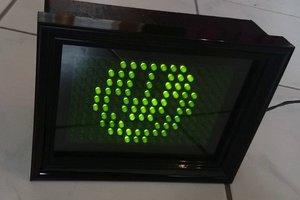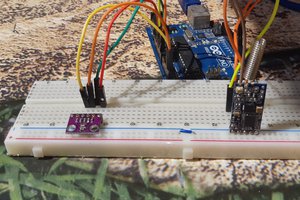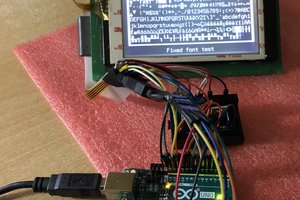The HT9032D module we created here base on the application example given in the IC datasheet. In addition to decoding CLI data, this module also can detect ring signal rises over the phone line.
The Arduino UNO is used to process the decoded CLI data stream and manipulate the LCD. In an idle state, the decoder and LCD are inactive. If the system detects the ring signal, the Arduino initiates data processing over the UART channel to locate the incoming CLI information. Successfully decoded data are display on the LCD screen. The Arduino sketch prepared for this project can handle the caller line ID, name, and date/time MDMF (Multiple Data Message Format) packet IDs. As we have observed, these MDMF IDs are found in nearly all CLI data streams.
The HT9032D module constructs in this project are consist of standard through-hole type components. No special soldering equipment is needed to assemble this module.
In this given wiring layout, the "last call" button is an optional add-on to display the last call information received to the system. Ignore this connection if you do not need this feature.
The LED connected to pin 13 (Arduino UNO onboard LED) indicates the missed call(s). Press the "last call" button to clear this indicator.
This system uses the popular 16x2 HD44780 character LCD panel to display captured/decoded CLI information. The whole circuit can build and test on a breadboard, as shown in the following video.
 Dilshan Jayakody
Dilshan Jayakody

 joekutz
joekutz


I bought one I found on eBay. It actually got here quicker than they said it would. It's got two Rj-11 jacks. The link from eBay is: https://www.ebay.com/itm/313113551286. As of the date of this post it was $32.90. So I want to connect it to the Arduino, It did not come with documentation, and a Google / YouTube search didn't show very much. The connections to GND and +5V are obvious, but the only other pin is RXD. Does anyone have this same board and had connected it to an Arduino UNO (R3 or R4)? Wondering if you know of a good website that has the code for it, etc. Thanks in advance!